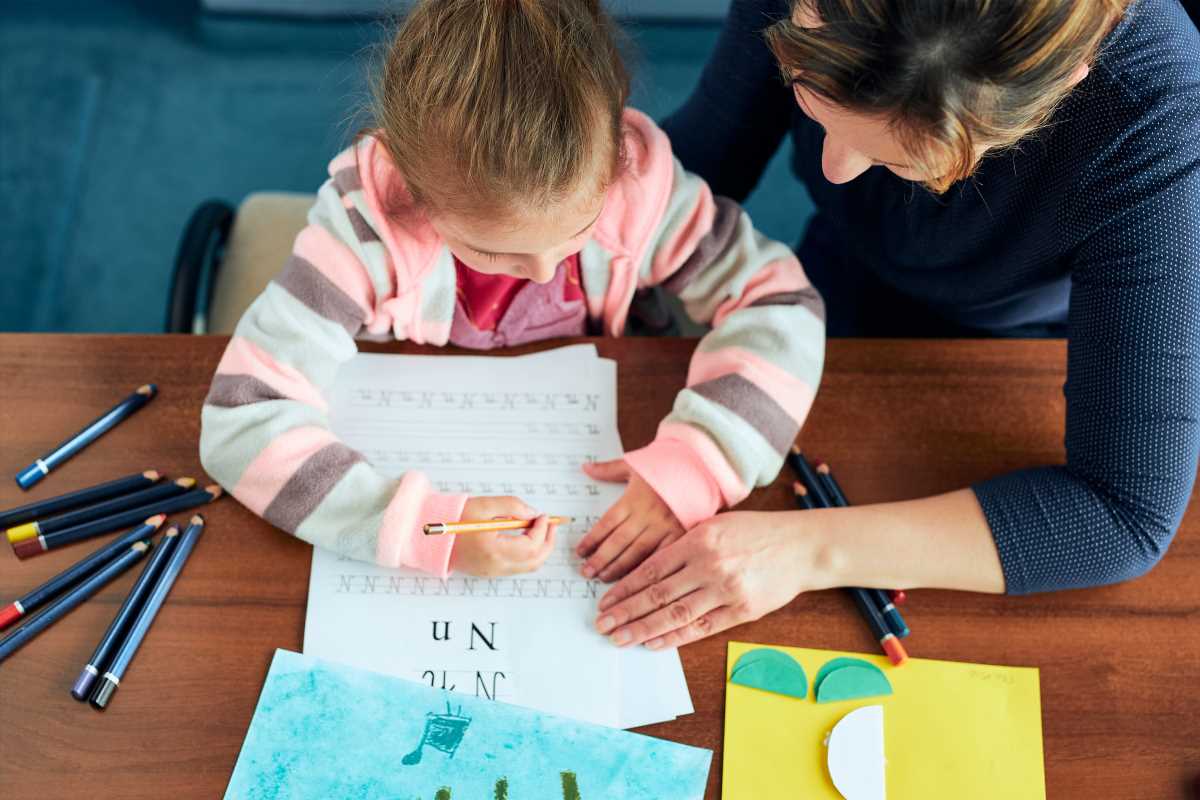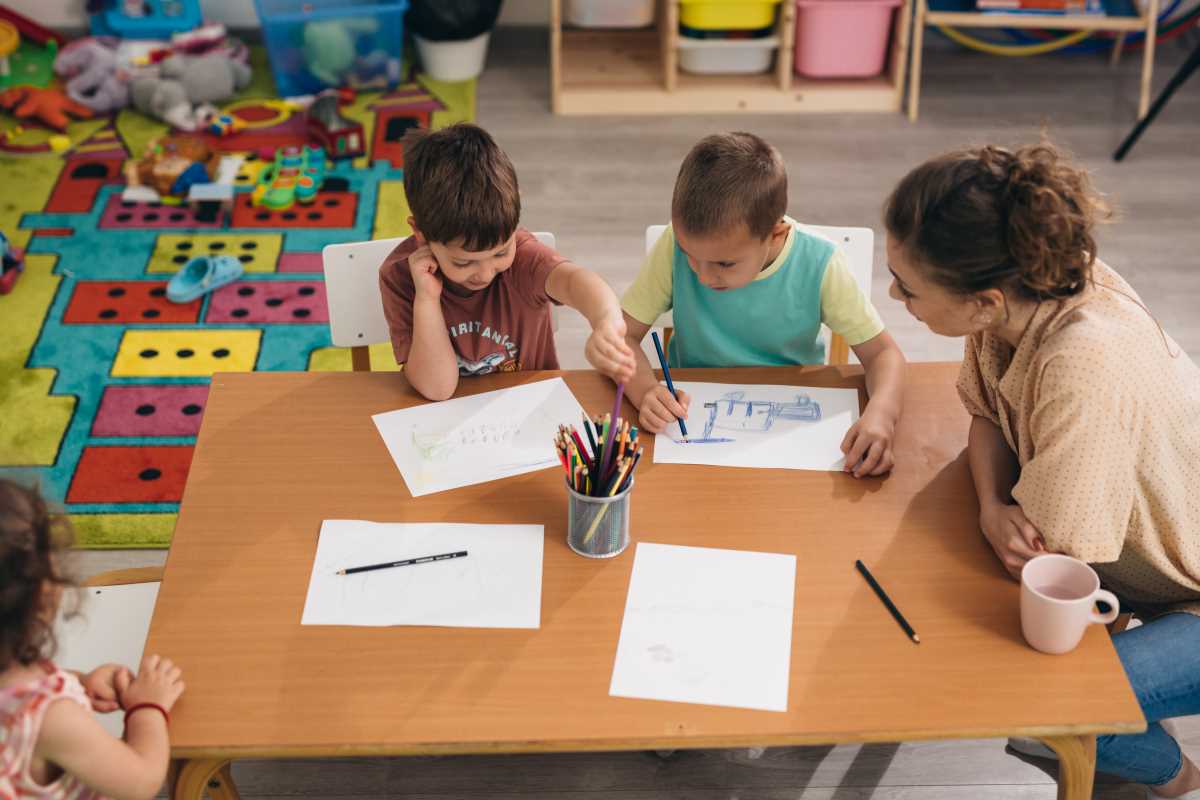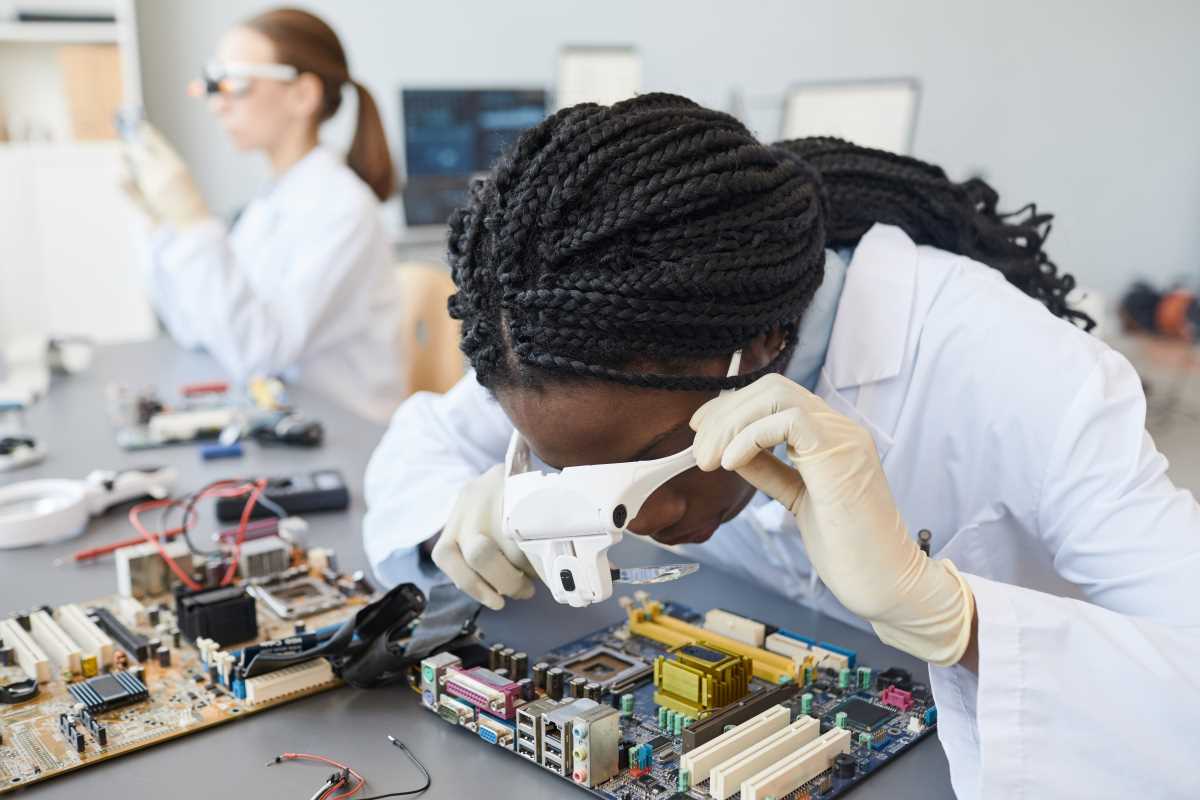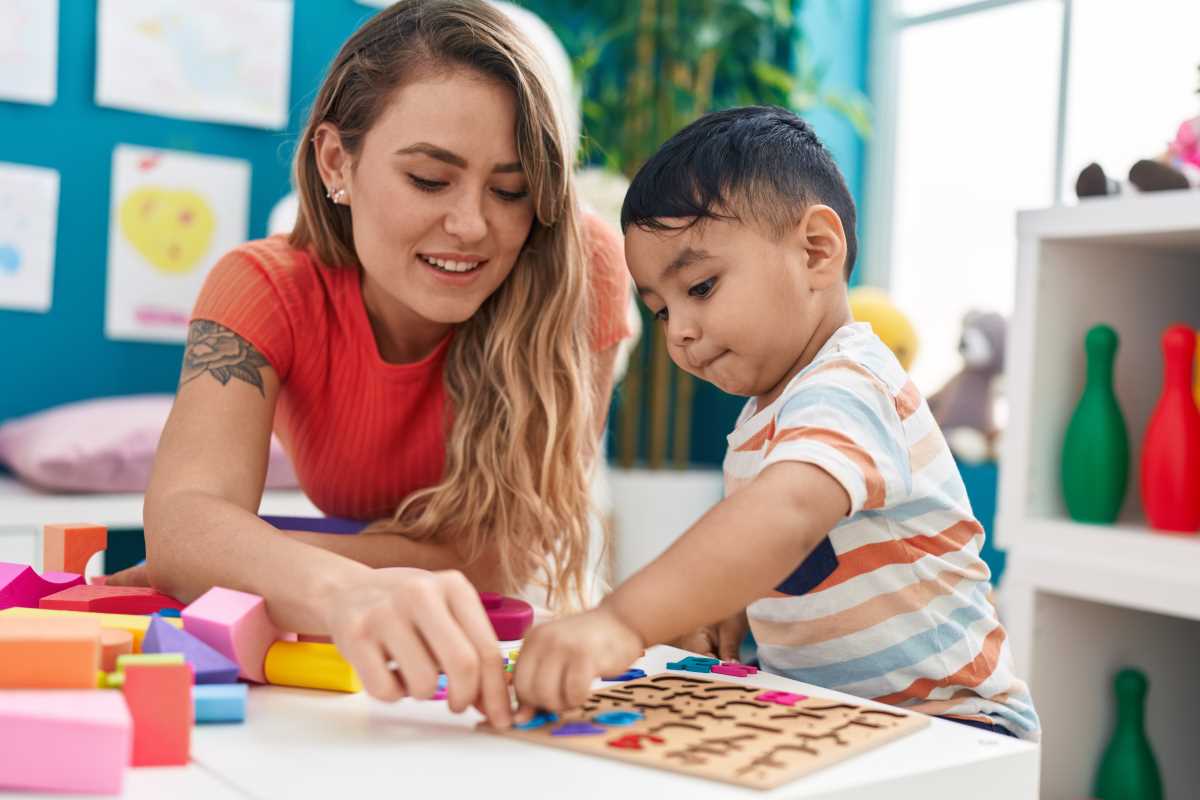Small communities across the countryside often bring unique energy to education, especially when teachers introduce new ways to learn. Focusing on science, technology, engineering, and mathematics gives students more opportunities to discover future careers and encourages them to tackle problems from new angles. When classrooms emphasize hands-on projects and connect lessons to real-life situations, young people show greater excitement and a willingness to take on tough assignments. Teachers notice students growing more confident, eager to participate, and ready to put their ideas into action, which helps them build valuable skills for the future.
Some communities have already witnessed a boost in performance when innovative practices drive the classroom routine. For instance, programs like *\*one to see\** create a ripple effect of excitement, joining local culture with modern technology to create a learning environment that feels both familiar and forward-thinking.
The Unique Challenges of STEM in Rural Schools
Rural classrooms face hurdles that urban schools might not experience. Limited funding, distance from urban centers, and fewer opportunities for specialized professionals make it tougher to access the latest equipment and training. These situations sometimes lead to creative workarounds that rely on community resources and practical knowledge instead of just high-tech tools.
Educators in these areas often juggle multiple roles as mentors, technicians, and sometimes even the sole source of academic inspiration. Many teachers discover inventive methods to illustrate complex concepts using locally available materials and real-world examples. This approach builds an engaging and relatable curriculum that connects students’ everyday lives with advanced topics.
Leveraging Community Partnerships
Partnering with locals can breathe new life into science and tech programs in rural areas. Schools benefit when local businesses, organizations, and individuals collaborate with educators to share expertise, resources, and time. These relationships create a win-win situation for both educators and community members, cultivating an atmosphere of mutual support.
Working with community groups can offer fresh ideas and diverse perspectives. Some valuable types of partnerships and their benefits include:
- Local businesses offering internships and glimpses into real-world STEM applications.
- Nonprofit organizations providing hands-on workshops and additional funding.
- Civic institutions hosting guest speakers and field trips that illustrate practical uses of classroom topics.
Integrating Technology for Enhanced Learning
Introducing new technology into the classroom can make lessons more interactive and fun. Rural schools might not have the extensive funding of larger districts, but affordable and user-friendly tech tools can still bridge the gap. Introducing students to platforms that simulate real-life problems sparks curiosity and builds essential skills.
Teachers can use a variety of tech tools in their daily lesson plans. Here are some practical recommendations:
- Use virtual labs and simulation apps that provide a hands-on approach to experiments without needing expensive equipment.
- Incorporate interactive software that allows students to collaborate on projects, building both technical and teamwork skills.
- Access free online resources that offer tutorials, coding challenges, and step-by-step guides to explore emerging STEM fields.
Empowering Teachers Through Professional Development
Teachers form the backbone of any successful program. Rural educators often manage classrooms with limited resources, so professional development tailored to their unique needs proves crucial. Regular training sessions and workshops help teachers gain practical skills that easily translate into classroom activities.
This growth sometimes takes shape as local or regional institutes hosting hands-on seminars that emphasize practical learning over theory. Networking with peers and experts in the field allows educators to share best practices and innovative ideas suitable for unique learning environments.
Encouraging Student-Led Projects and Innovation
Student-led projects matter because they let learners take charge of their education. When students brainstorm, design, and implement their own projects, they build confidence in their problem-solving abilities and see firsthand how ideas can blossom into tangible outcomes. Such projects also teach teamwork, responsibility, and effective communication as students present their work to classmates and the community.
School events like science fairs or coding contests provide platforms for these projects. Teachers can support these initiatives by advising research groups, supplying necessary materials, and allowing flexible use of classroom time for extra exploration. These experiences help students develop practical skills that will stand out in future academic or career endeavors.
Regular community support and local recognition of student achievements can add further motivation. Whether it’s a small school-wide presentation or a larger community demonstration, showcasing student work builds pride and sets a strong example of what creativity can achieve.
Rural schools that explore these innovative paths create a lively learning environment where students feel both empowered and connected. Simple adjustments in classroom practices can produce amazing results, keeping students engaged while preparing them for a future full of challenges and exciting opportunities.
Hands-on learning and technology bring new opportunities to rural education. Simple changes can spark creativity and encourage interactive classrooms.
 (Image via
(Image via





